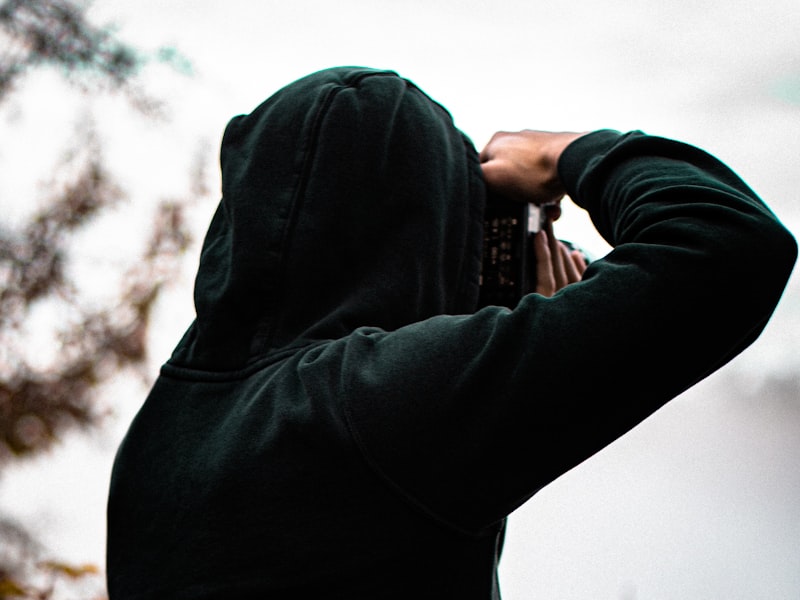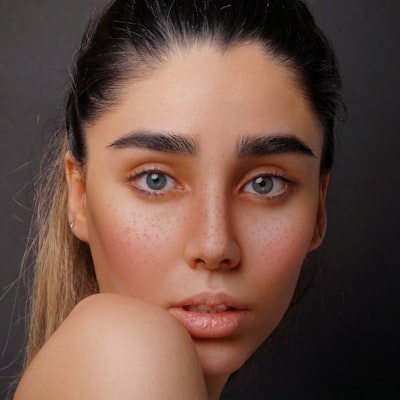Unveiling the Future: Exploring the World of AI Generated Images

AI generated images have been making headlines in recent years, captivating audiences with their astonishing realism and endless possibilities. These remarkable creations, produced by artificial intelligence algorithms, have ignited both excitement and concern as they push the boundaries of what is possible in the realm of digital art. With a simple input, these intelligent systems can swiftly generate stunning photographs, landscapes, and even entire scenes that mimic the works of human artists, leaving us in awe of their capabilities.
The emergence of AI generated images has opened up a world of artistic potential and creative exploration. With algorithms trained on vast datasets of existing images, these systems are able to learn and mimic various artistic styles and techniques. This means that not only can they replicate the works of famous painters such as Van Gogh or Monet, but they can also produce completely original pieces that are captivating and thought-provoking. The ability of AI to generate images that evoke emotion and inspire contemplation is a testament to the sophistication and power of these algorithms. However, as we dive deeper into this world of AI-generated art, we must also confront the ethical challenges that come with this technology, particularly when it comes to issues such as AI-generated pornography.
The Rise of AI Generated Images
Artificial Intelligence (AI) has revolutionized various industries, and one area where its impact has been particularly significant is in the creation of images. With advancements in machine learning algorithms and neural networks, AI generated images are becoming more realistic, captivating, and widespread. This emergence of AI generated visuals has opened up a world of possibilities and sparked both excitement and concern.
AI generated images encompass a wide range of applications, from creating lifelike landscapes and stunning portraits to generating entire scenes that don't exist in reality. These images are not captured through traditional photography but rather are produced by AI algorithms that have been trained on vast datasets. By analyzing patterns and learning from the existing images, AI systems are now able to generate new visuals with astonishing accuracy and fidelity.
One area where AI generated images have gained attention is in the realm of photo manipulation. With the ability to accurately reproduce human faces, AI algorithms can now seamlessly graft features from one image onto another, resulting in astonishingly realistic composite photos. While this technology has opened up creative possibilities for photographers and designers, it has also raised concerns about potential misuse, such as the creation of misleading or fabricated images.
Another facet of AI generated images that has garnered attention, unfortunately, is the emergence of AI-generated pornographic content. Utilizing AI algorithms and deep learning techniques, explicit visuals featuring realistic-looking individuals can now be produced without their consent. This development raises ethical concerns regarding privacy, consent, and the potential for widespread abuse of AI technology.
As AI continues to evolve and improve, the world of AI generated images holds great promise and potential. From enhancing creativity and artistic expression to advancing fields such as virtual reality and computer graphics, these images are shaping the way we perceive and interact with visual media. However, it is essential to navigate this landscape responsibly, ensuring that technological advancements are accompanied by ethical considerations and safeguards to protect individuals' rights and privacy.
Remember, AI generated images are not simply a fascination; they have the power to transform our visual experiences, influence our perceptions, and raise important questions about the boundaries of creativity and ethical use of technology. This rapidly evolving field demands continuous exploration, awareness, and responsible decision-making to harness the full potential of AI generated images for the betterment of society.
Ethical Concerns and Challenges
1. Potential Misuse
The rise of AI-generated images has sparked concerns regarding their potential for misuse. With the ability to create incredibly realistic photos, there is a risk that these images could be used for deceptive purposes. For instance, they could be employed in creating fake identities, spreading disinformation, or even committing fraud. The ease with which AI can generate convincing images raises questions about the need for regulations and safeguards to prevent such misuse.
2. Privacy and Consent
Another significant ethical concern revolves around the issue of privacy and consent. AI-generated images can be used to create explicit content without the knowledge or permission of the individuals involved. This raises serious implications for personal privacy and the potential for non-consensual distribution of intimate images, commonly referred to as " AI porn ." The lack of clear guidelines and legal frameworks to address these issues poses challenges in protecting individuals from potential harm and exploitation.
3. Bias and Discrimination
AI systems are only as unbiased as the data they are trained on. Concerns have been raised about the possibility of AI-generated images perpetuating existing biases and discriminatory stereotypes. If the training data predominantly features a specific demographic or perpetuates certain cultural norms, it can lead to AI-generated images that reinforce these biases. This raises ethical questions surrounding representation, fairness, and the potential harm that biased AI-generated images can perpetuate in society.
While AI-generated images offer exciting possibilities, addressing these ethical concerns and challenges is crucial to ensure responsible and ethical usage of this technology. It calls for ongoing discussions, development of robust regulations, and appropriate tools and mechanisms to safeguard individuals and mitigate potential risks.
Implications and Future Applications
The development and proliferation of AI-generated images have profound implications for various domains. First and foremost, in the creative realm, AI-generated images open up exciting opportunities for artists and designers to push the boundaries of their imagination. With the ability to quickly generate high-quality visuals, artists can now experiment with new styles, explore uncharted territories, and unlock new innovative possibilities in their artistic expression.
In addition to the creative field, AI-generated images have significant implications for industries such as fashion and advertising. With AI's ability to generate realistic and customizable images of products or models, businesses can streamline their workflows, reduce costs, and enhance marketing campaigns. Imagine a future where fashion designers can effortlessly showcase their entire collection through AI-generated images or advertisers can create targeted visuals tailored to each individual consumer's preferences.
However, like any transformative technology, AI-generated images also raise important ethical concerns. One of the major concerns is the potential misuse of AI-generated images for malicious purposes, such as deepfake pornography. As AI continues to advance, so do the capabilities of creating explicit content featuring fabricated individuals. This poses a significant threat to privacy, consent, and the potential for harassment or exploitation. It is crucial for policymakers, technology developers, and society at large to address these challenges and establish frameworks that protect individuals' rights and prevent the spread of harmful AI-generated content.
Looking ahead, the future applications of AI-generated images are vast and diverse. From enhancing virtual reality experiences to revolutionizing the gaming industry, the possibilities seem limitless. AI-generated images can be utilized to create lifelike characters, immersive environments, and generate realistic simulations that blur the lines between the virtual and the real world. Moreover, in scientific research, AI-generated images hold promise in aiding data visualization and assisting in the discovery of patterns or anomalies that could lead to groundbreaking scientific breakthroughs.
As AI technology continues to advance and evolve, we can expect AI-generated images to continue shaping various aspects of our lives. By harnessing the power of AI, we are entering an era where creativity, innovation, and visual storytelling take on an entirely new dimension. It is essential that we navigate this transformative landscape responsibly, keeping both the potential benefits and risks in mind, as we forge ahead into the future of AI-generated images.
